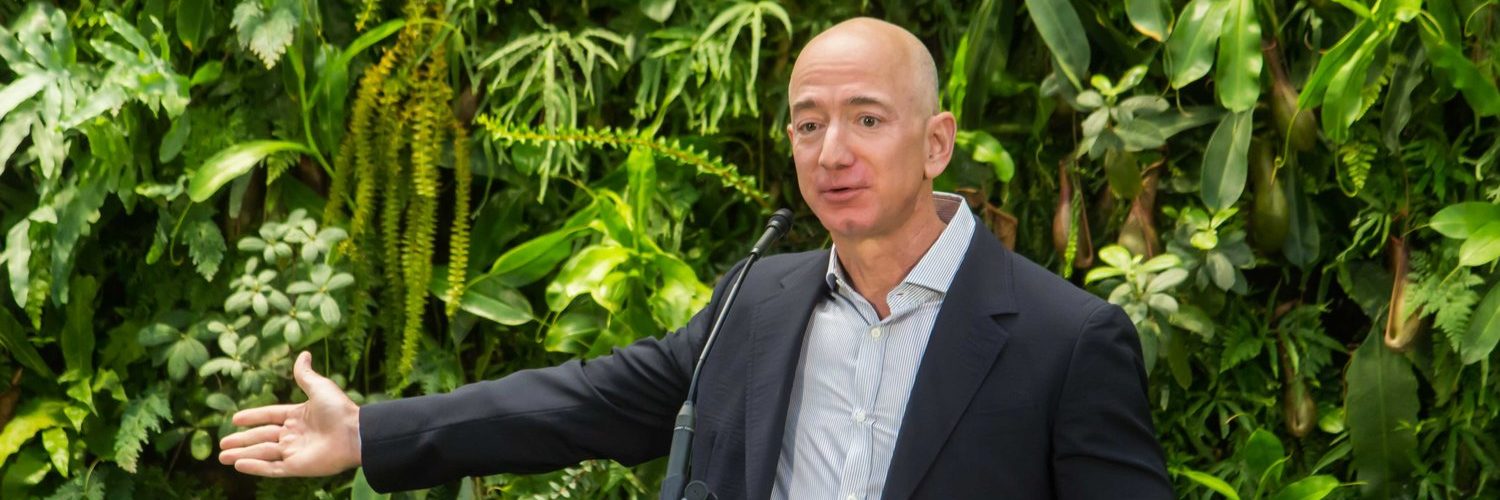The primarily role of journalism is to inform. How that is done has dramatically changed over the past two decades. That time encompasses most of my adult life, where I worked as a reporter and later editor.
“Information overload” and “fake news” are both seen as major impediments to an educated population that can make sound decisions. Long gone are the days of my childhood when getting the morning paper and catching up on the day’s events by watching one of the evening network newscasts. We live in a frenetic 24-hour news cycle with a seemingly never-ending scroll of social media posts and constant chatter by “expert panels” on cable TV.
This takes me to my main point regarding journalism (specifically religion coverage) and how major news organizations can, and have, done a good job explaining faith. The journalistic form — commonly referred to in newsrooms as “the explainer” — has been one of the positives to come out of the digital age. It’s one that I increasingly have come to rely on when trying to make sense of a topic or ever-changing news developments that span days or even weeks.
Complex issues and topics have always been boiled down for ordinary readers to understand. After all, that’s what journalism is really all about. The same goes for understanding religion — and this is where journalism can be a wonderful tool to help people understands different belief systems, traditions, how they intersect with politics and how it impacts our culture and society. How journalists can create better explainers by using newspapers archives, social media, video — and yes, original reporting — is vital to the storytelling of the 21st century.
In explaining the Catholic church, for example, as it is repeatedly thrust into the media spotlight due to the clergy sex scandal, the abortion debate or any other topic means news websites have the vital responsibility of both informing and educating readers. Many of these readers are Roman Catholics, but most are not. Here’s where journalism is vital and a great way for reporters to delve into complex issues in addition to their news coverage of a given topic.
Take St. Valentine’s Day as an example. The New York Times did a great job in 2017 of explaining the holiday and its roots. By using its extensive archive, the Times traced back the day’s origins, traditions and how it has become one of the biggest retail holidays. Here’s how the piece opens:
Valentine’s Day is upon us again. It’s a time of candlelit dinners, heart-shaped candy boxes from the drugstore and (depending on your relationship status) watching old romantic comedies while you drink wine by yourself.
It’s a great celebration. But where did it come from? And why do we care about it so much?
People have been trying to answer those questions for a long time. The New York Times pondered the day’s origin in 1853 but called it “one of those mysterious historical or antiquarian problems which are doomed never to be solved.
This is the key. Ask a question or questions and go about answering them. This is a wonderful example of giving context to something that often was done years ago in the form of a few paragraphs tucked away in a larger story. There should be more Valentine’s Day explainers out there like this one.
Over the past few decades, the church sex scandal has become an international story and online explainers are needed more than ever. KPRC-TV, the NBC affiliate in Houston, recently put together a wonderful “explainer” after the Archdiocese of Galveston-Houston released the names of priests who had been accused of sexual misdeeds.
Under the headline “Catholic Church hierarchy 101: Who is who, exactly?” on Jan. 31, the TV station’s website sought to explain to readers how the church works and the difference between a bishop, priest or deacon. These are the key paragraphs that set up the well-researched explanation:
But someone who doesn’t closely follow the Catholic religion, or even people who do, might get confused about the hierarchy within the church.
What’s the difference between an archbishop and a bishop? How is an archdiocese different than a diocese? What is a cardinal, and what is their role, anyway?
Don’t feel like you’re the only one wondering about these questions and more. We’ve laid out an interactive chart below to help navigate who’s who and what’s what.
There have been some great “explainers” published since last summer, when the clergy sex scandal became an area of focus after the allegations against then-Cardinal Theodore McCarrick became public and a Pennsylvania grand jury report made decades-old accusations public regarding the molestation of some 1,000 victims. Ones to highlight include one by Vox on Pope Francis and the allegations and one by the BBC. Vox perfected “the explainer” when the online news site was launched in 2014 with explanatory journalism as its primary focus.
These explainers don’t end with the pope or clergy abuse. Even the recent extramarital shenanigans of Amazon founder and CEO Jeff Bezos, and the role of the National Enquirer in breaking the story, has been in need of a good explainer. This is where Insider — previously known as Business Insider — got in on the explanation act with this wonderful piece on Bezos and his religious beliefs.
It was a wonderful issue to tackle, especially when one’s morality comes into question. The “explainer” was a great way to present information to readers as a sidebar to the main story.
This piece delves into Silicon Valley’s complicated relationship with religion and Bezos’ connections to Catholicism. In a world with so much information, we need more pieces like these on news sites and social media feeds.










